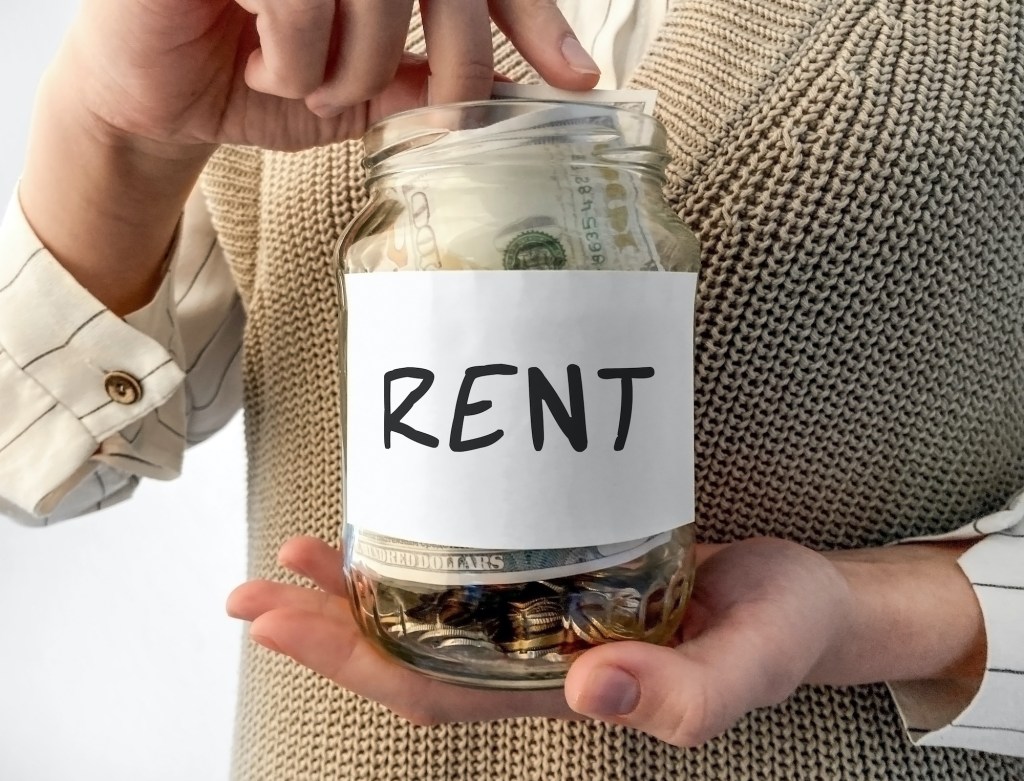The average U.S. asking rent fell $6 to $1,722 in September, reacting to a slowing economy and a heavy multifamily delivery pipeline in some markets, according to the latest Yardi Matrix Multifamily Report.
Year-over-year growth decreased to 0.8%, down 60 basis points from August. This is the lowest number since the pandemic recovery in early 2021.
“The question now is whether the monthly drop signals more bad news for multifamily. The industry faces headwinds, including a slowing economy,” stated the report. “Consumers are losing some strength as the post-pandemic boom in household savings dwindles, while millions of households will have less to spend as they resume paying student loans. Energy prices are rising, and even large-scale strikes could have some impact if they continue at length. Meanwhile, higher interest rates are working their way through the economy.”
Market performance remained bifurcated in September. Northeast and Midwest markets dominated the rankings, led by New York City, seeing 5.6% year-over-year rent growth; New Jersey at 5.2%; Chicago at 4%; Indianapolis at 3.8%; and Kansas City, Missouri, at 3.6%. However, many of the 14 metros with negative year-over-year growth are in the West or the Sun Belt, with Austin, Texas; Phoenix; Las Vegas; and Atlanta at the bottom of the rankings.
The national occupancy rate has held steady at 95% over the last three months. Year over year, occupancy rates were down in all but four of the Matrix top 30 markets—Chicago, Boston, Denver, and New York. According to the report, Detroit had the largest decline, down 1.3%.
Month over month, asking rents fell 0.2% in the renter-by-necessity segment and 0.5% in the luxury lifestyle segment in September. Out of the top 30 metros, only six recorded gains for renter-by-necessity and five for lifestyle.
New Jersey led month-over-month gains in asking rents at 0.8%, followed by Miami at 0.2% and the Twin Cities at 0.1%. The rest of the metros saw declines.
“The downturn in rent growth is reflective of the surge in new supply, exacerbated by the post-pandemic development boom. With greater competition in the market, lifestyle rents have been hit the hardest, decreasing by 1% or more month over month in six metros, with Indianapolis (-2.5%) falling the most,” noted the report.
According to Yardi Matrix, renewal rent growth again slowed in August to 6.4% year over year, down 60 basis points from July. Renewal rents have been gradually declining since peaking at 11.1% in August 2022. Miami was the only metro to record double-digit growth in renewal renters, coming in at 10.3%. Most metros fell to a more normalized rate, with 20 of the top 30 markets seeing year-over-year growth between 5.2% and 8%. While Austin saw negative growth in asking rents, its renewal rent growth stands at 7.5%.
In August, the national lease renewal rate averaged 60.4%, with renewal rates highest in New Jersey, 80.7%; Philadelphia, 76.2%; and Detroit, 70.5%. This is attributed to the metros having “some combination of weak supply growth and high occupancy rates,” stated the report.
The single-family rental (SFR) sector saw rents fall for the second straight month. National asking rents for SFRs decreased last month by $4 to $2,104. Year-over-year growth decreased 10 basis points to 0.4%, and occupancy rates were unchanged at 95.9%. Chicago; Nashville, Tennessee; and Philadelphia saw the highest year-over-year growth, while Sacramento, California; Seattle; and Raleigh, North Carolina, came in at the bottom of the list.
